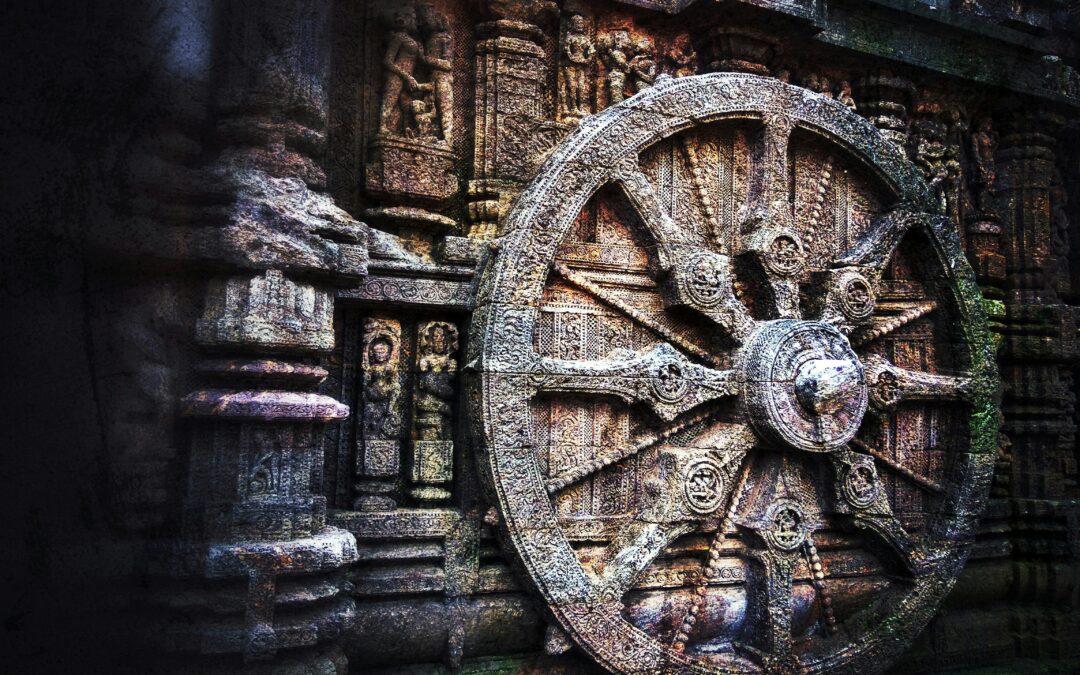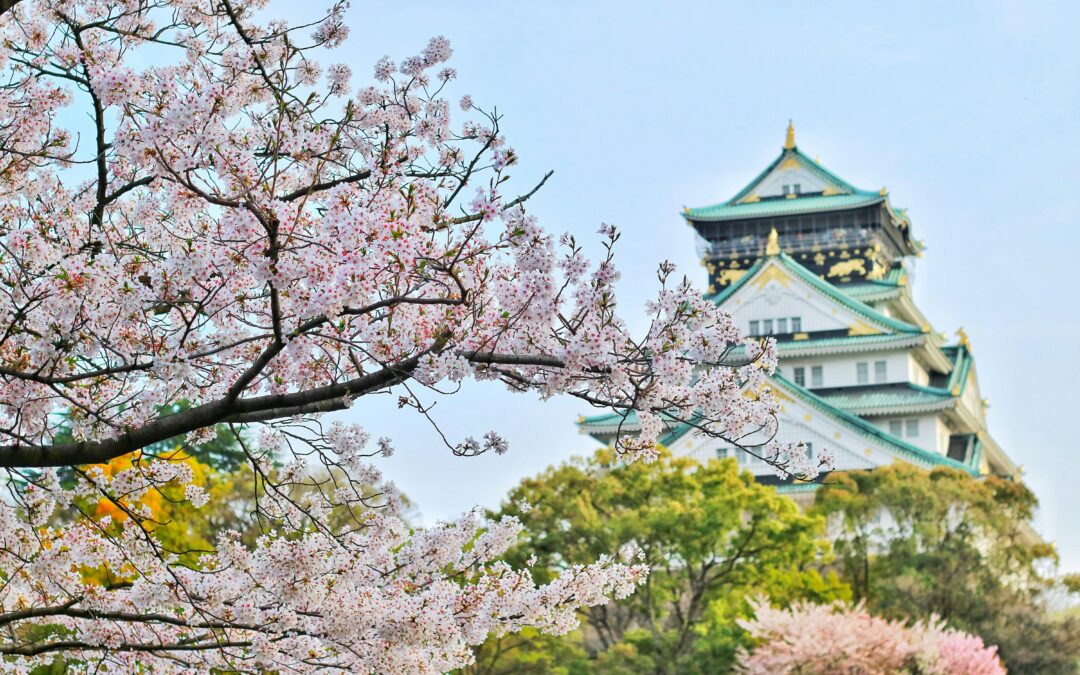There are so many amazing places around the globe to see, we couldn’t possibly include them all in just one list. But, these breathtaking destinations are definitely worth bumping to the top of your travel bucket list–whether you’re looking to relax on a beach, get off the grid or explore a new international city—these are the most breathtaking locations to consider.
Table of Contents
Some of the Most beautiful places in the world are as follows:-

Great Ocean Road, Australia
The Great Ocean Road is a renowned scenic drive located in the state of Victoria, Australia. It stretches along the southeastern coast of Australia, beginning at Torquay and extending for approximately 243 kilometers (151 miles) to Allansford near Warrnambool. Built as a memorial to the soldiers who died in World War I, the road is not just a means of transportation but also a major tourist attraction due to its stunning coastal views, natural landscapes, and notable landmarks.
Here are some key features and attractions along the Great Ocean Road:
- Breathtaking Coastal Views: The road winds along the coastline, offering spectacular vistas of the Southern Ocean and its rugged cliffs, sandy beaches, and rocky shores.
- The Twelve Apostles: Perhaps the most famous attraction along the Great Ocean Road, the Twelve Apostles are limestone stacks rising dramatically from the Southern Ocean. Despite the name, there are only eight stacks remaining due to erosion, but they remain an iconic symbol of the Australian coastline.
- Port Campbell National Park: This park is home to several other notable rock formations besides the Twelve Apostles, including Loch Ard Gorge, London Arch (formerly London Bridge), and the Grotto.
- Otway Ranges: Inland from the coast, the road passes through the lush rainforests and rolling hills of the Otway Ranges. Visitors can explore waterfalls, walking trails, and spot native wildlife in this verdant region.
- Surfing and Beaches: The Great Ocean Road passes by numerous beaches and surf breaks, making it a popular destination for beachgoers and surfers alike. Bells Beach, near Torquay, is particularly renowned as one of the world’s best surfing spots.
- Towns and Villages: Along the route, there are charming coastal towns and villages where visitors can stop for refreshments, accommodations, and to explore local attractions. Some notable towns include Lorne, Apollo Bay, and Port Campbell.
- Historical Sites: The road itself has historical significance as it was constructed by returned soldiers between 1919 and 1932. There are also other historical sites along the way, including lighthouses, shipwrecks, and remnants of indigenous culture.
Overall, the Great Ocean Road offers a unique blend of natural beauty, adventure, and history, making it a must-visit destination for travelers exploring the southeastern coast of Australia

Venice, Italy
Venice is a unique and enchanting city located in northeastern Italy, renowned for its stunning architecture, intricate canals, rich history, and cultural heritage. Here’s an explanation of what makes Venice such a captivating destination:
- Canals: Venice is famously built on a group of 118 small islands separated by canals and linked by bridges. The canals serve as the city’s roads, with water buses (vaporetti) and water taxis (gondolas) being the primary modes of transportation. The Grand Canal, the largest and most important canal, winds through the heart of the city, lined with palaces, churches, and historic buildings.
- Architecture: Venice boasts a remarkable array of architectural styles spanning centuries. Visitors can admire Gothic, Renaissance, and Baroque buildings, including majestic palaces, ornate churches, and elegant piazzas. Iconic landmarks such as St. Mark’s Basilica, the Doge’s Palace, and the Rialto Bridge showcase the city’s architectural splendor.
- Art and Culture: Venice has a rich cultural heritage and has been a center of art and culture for centuries. It was the birthplace of the Venetian Renaissance, which produced renowned artists such as Titian, Tintoretto, and Canaletto. The city is home to numerous museums, galleries, and theaters, including the Peggy Guggenheim Collection, the Accademia Gallery, and La Fenice Opera House.

Machu Picchu
Machu Picchu is an ancient Incan citadel located high in the Andes Mountains of Peru, South America. It is one of the most famous archaeological sites in the world and is often referred to as the “Lost City of the Incas.” Here’s an explanation of what makes Machu Picchu significant:
- Historical and Cultural Importance: Machu Picchu was built by the Inca Empire around the mid-15th century but was abandoned just over 100 years later during the Spanish conquest of the region. It remained hidden from the outside world until its rediscovery by American explorer Hiram Bingham in 1911. As a result, Machu Picchu offers valuable insights into the Inca civilization, its architecture, engineering, and way of life.
- Architectural Marvel: The site is renowned for its remarkable stone construction, with intricately carved walls, terraces, and temples blending seamlessly with the natural landscape. Machu Picchu’s architecture demonstrates the ingenuity of the Inca engineers who designed the citadel to withstand earthquakes and other natural elements.
- Sacred and Spiritual Significance: Machu Picchu is believed to have been a sacred site and a center for religious ceremonies and astronomical observations by the Inca priests. Its location atop a mountain ridge surrounded by towering peaks contributes to its aura of mystery and spirituality.
- Strategic Location: Situated at an elevation of around 2,430 meters (7,970 feet) above sea level, Machu Picchu offers breathtaking panoramic views of the surrounding Andes Mountains and the Urubamba River valley. Its strategic location suggests that it may have served as a defensive stronghold, a royal estate, or a trade hub.
- Tourist Destination: Today, Machu Picchu is a UNESCO World Heritage Site and one of the most visited tourist attractions in South America. Travelers from around the world trek along the famous Inca Trail or take a train to reach the site and marvel at its beauty and historical significance.
- Conservation Challenges: Despite its popularity, Machu Picchu faces conservation challenges due to the impact of tourism, environmental factors, and the risk of landslides. Efforts are ongoing to preserve the site’s fragile ecosystem and cultural heritage for future generations.
Overall, Machu Picchu is a symbol of human achievement and a testament to the advanced civilization of the Inca Empire, offering visitors a glimpse into the mysteries of the past and the wonders of the Andean landscape.

Pamukkale, Turkey
Pamukkale, located in southwestern Turkey, is a natural wonder known for its striking white terraces of travertine, mineral-rich thermal waters, and ancient ruins. Here’s an explanation of what makes Pamukkale significant:
- Natural Formation: The name “Pamukkale” translates to “Cotton Castle” in Turkish, aptly describing the unique appearance of the site. The terraces are formed by the accumulation of calcium carbonate deposits left behind by the flowing thermal waters over thousands of years. These mineral-rich waters emerge from natural hot springs and cascade down the hillside, creating a series of pools and terraces that resemble cascading layers of cotton.
- Hot Springs and Thermal Pools: The thermal waters of Pamukkale are believed to have healing properties and have been used for therapeutic purposes since ancient times. Visitors can soak in the warm mineral waters, which are said to have benefits for the skin, muscles, and overall well-being. The terraces form natural pools where visitors can bathe and relax while enjoying the stunning views of the surrounding landscape.
- Hierapolis Ancient City: Pamukkale is also home to the ancient city of Hierapolis, which was founded in the 2nd century BC. This UNESCO World Heritage Site features well-preserved ruins, including a theater, temples, necropolis (cemetery), and Roman baths. The city was once a thriving center of culture, religion, and commerce, and its ruins provide insight into life in the ancient world.
- Historical and Cultural Significance: Pamukkale has been revered throughout history for its beauty and healing properties. It was a popular destination for the ancient Greeks and Romans, who built elaborate bathhouses and temples around the thermal springs. Today, Pamukkale attracts visitors from around the world who come to explore its natural wonders and archaeological treasures.

Japan in Cherry Blossom Season
Japan during cherry blossom season, known as “sakura” season in Japanese, is a truly magical experience that captivates locals and visitors alike. Here’s an explanation of what makes Japan during cherry blossom season so special:
- Natural Phenomenon: Cherry blossoms, or “sakura,” are a symbol of spring in Japan. The delicate pink and white flowers bloom for a brief period, usually from late March to early April, depending on the region and weather conditions. The sight of cherry blossoms in full bloom is celebrated as a sign of renewal, hope, and the fleeting beauty of life.
- Scenic Beauty: During cherry blossom season, Japan transforms into a sea of pink and white as the cherry trees burst into bloom across the country. Parks, gardens, riversides, and temple grounds become popular viewing spots for hanami (flower viewing) parties, where people gather to picnic, socialize, and admire the cherry blossoms in full bloom.
- Cultural Traditions: Cherry blossom season is deeply ingrained in Japanese culture and traditions. Hanami has been a cherished custom for centuries, dating back to the Heian period (794-1185). Today, hanami remains a beloved pastime, bringing together friends, families, and colleagues to enjoy food, drinks, and the beauty of nature under the cherry blossoms.
- Symbolism: Cherry blossoms hold significant cultural and symbolic meaning in Japan. They represent the transience of life, as the flowers bloom for only a short time before falling from the trees. This ephemeral beauty is reflected in Japanese art, literature, and poetry, where cherry blossoms are often associated with themes of renewal, impermanence, and the beauty of the moment.
- Tourist Attractions: Cherry blossom season attracts millions of tourists from around the world to Japan each year. Popular destinations for viewing cherry blossoms include Tokyo’s Ueno Park, Kyoto’s Philosopher’s Path, and the cherry blossom-lined streets of Hirosaki in northern Japan. Visitors can also enjoy boat rides under cherry blossom trees along scenic waterways such as the Meguro River in Tokyo and the Okazaki Canal in Kyoto.
- Events and Festivals: Throughout cherry blossom season, Japan hosts various events and festivals to celebrate the beauty of the flowers. These may include illuminated night-time cherry blossom viewing (yozakura), traditional tea ceremonies, and parades featuring floats adorned with cherry blossoms. The peak bloom period varies depending on the region, so travelers can plan their visit accordingly to catch the best views of the cherry blossoms.
Overall, Japan during cherry blossom season offers a magical blend of natural beauty, cultural traditions, and seasonal festivities that make it a truly unforgettable experience for anyone fortunate enough to witness it.

Quick Tip:-
Most Beautiful Places in the World:-
Japan, during cherry blossom season, known as “sakura” season in Japanese, is a truly magical experience that captivates locals and visitors alike. Here’s an explanation of what makes Japan during cherry blossom season so special:
FAQs
1.What are some popular attractions along the Great Ocean Road in Australia?
Some popular attractions along the Great Ocean Road in Australia include the Twelve Apostles, Loch Ard Gorge, and the Great Otway National Park.
2.How long does it take to drive the entire length of the Great Ocean Road in Australia?
It typically takes around 3-4 hours to drive the entire length of the Great Ocean Road in Australia, but it is recommended to allow for a full day to fully explore and enjoy all the sights and attractions along the way.
3.How was Venice built?
Venice was built on a group of 118 small islands in a lagoon along the Adriatic Sea. The city’s foundation consists of wooden piles driven into the marshy ground, upon which buildings were constructed.
4.What are cherry blossoms called in Japanese?
Hierapolis is the ancient city near Pamukkale, known for its well-preserved ruins, including a theater, temples, and a necropolis.








0 Comments